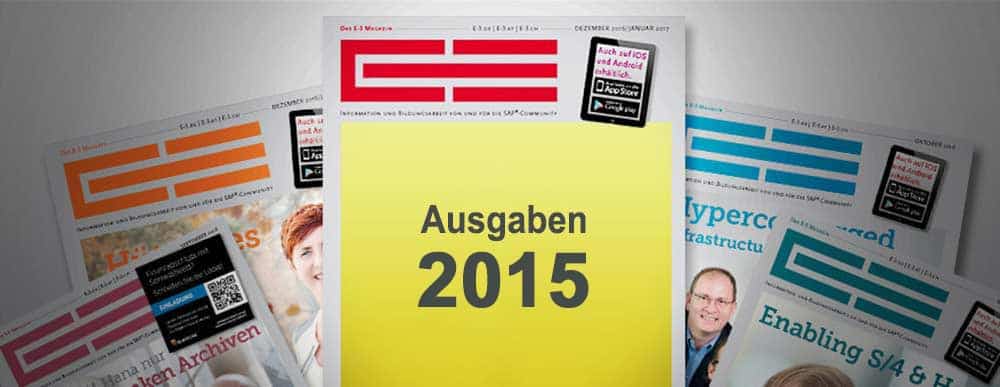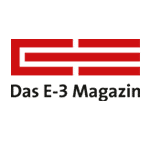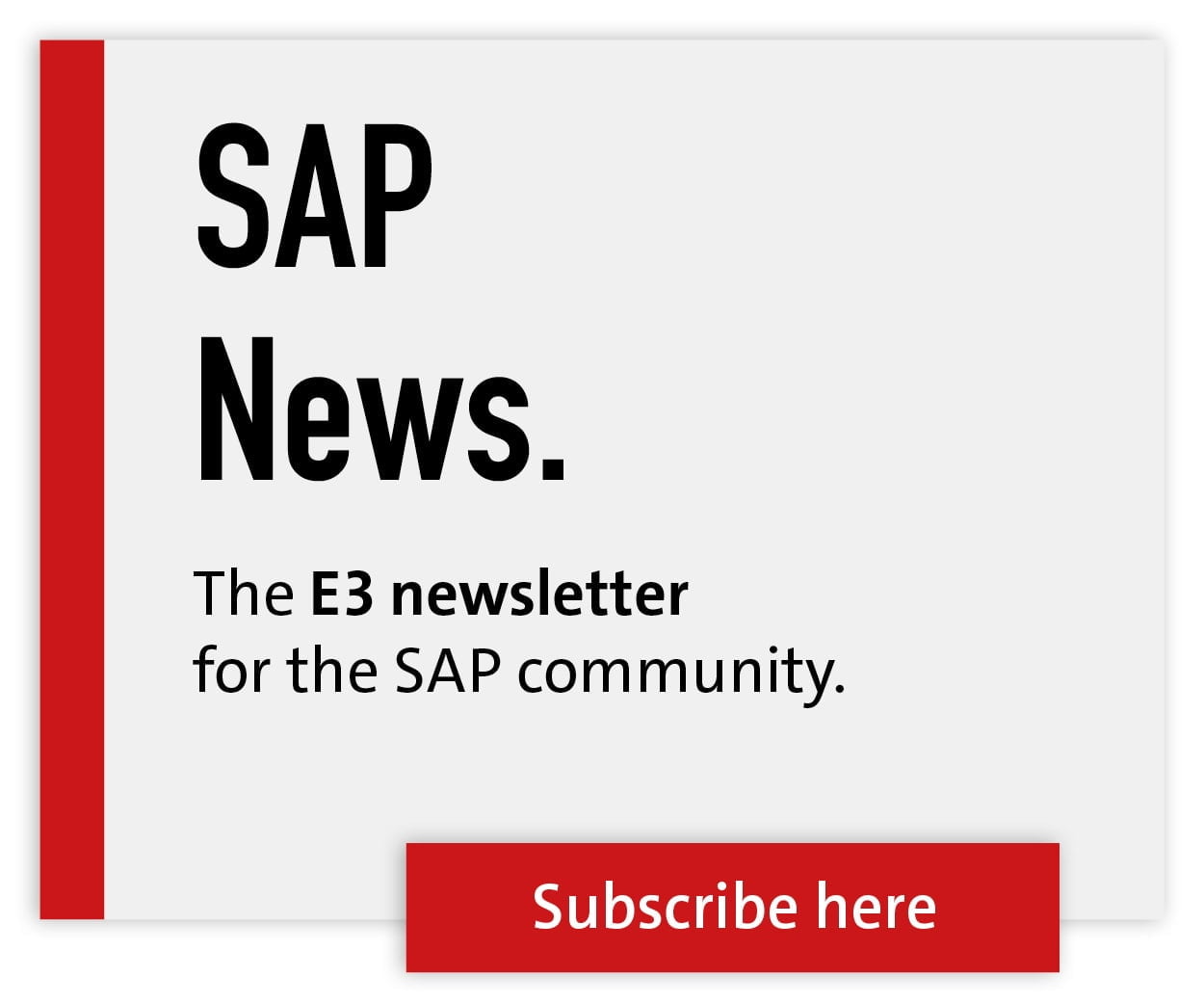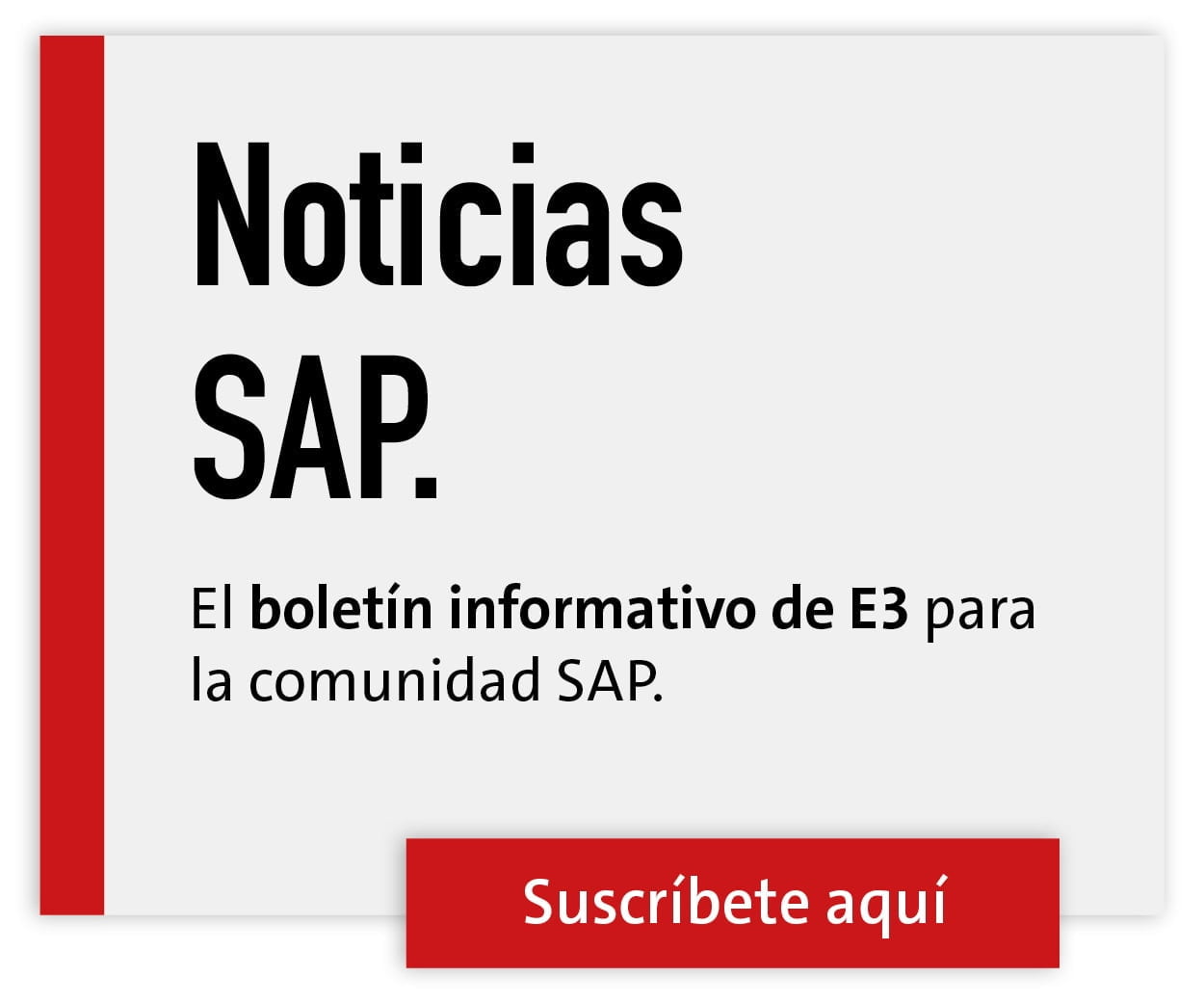Hana Live vs. BW powered by Hana


What are the advantages and disadvantages of a Hana Live solution integrated into the ERP system compared to a separate business warehouse system? What does the future of the SAP BW system look like and what does this mean for your system landscape and your company?
What does Hana Live mean?
While in an ERP world without Hana it was not yet possible to provide certain evaluations in a flexible, high-performance and user-friendly way, and a BW system provided the right answer for such evaluation purposes, the analytical models of Hana Live in combination with the analysis tools of the Business Objects Suite now offer optimal framework conditions for this in the ERP environment.
In contrast to typical BW solutions, there is neither data redundancy nor a time delay. Reporting is based on real-time information within the ERP system.
With the Hana Live Content delivered by SAP, a certain, albeit manageable, number of predefined data sources - so-called query views - are available from the various ERP modules, which cover typical questions (What is the current order intake? Who are my top 10 customers?).
This information is made available to the relevant target group with the Business Objects Suite, e.g. in the form of dashboards, Lumira or web reports as Rapid Deployment Solutions.
The advantages of this solution lie in real-time reporting/operational reporting, low implementation costs and short implementation times.
In addition, the components of Hana Live are reusable and expandable. Of course, Hana Live is not just about reporting.
The Smart Business Cockpits also provided by SAP use the virtual data models of Hana Live. These HTML5 applications (based on Fiori design principles) combine real-time analysis with transactional follow-up activities, such as setting a delivery block for a customer who has too many open items according to the analysis.
Restrictions
Although the possibilities with Hana Live are diverse, they are also subject to certain limitations. Functions familiar from the BW environment, such as
z. e.g. hierarchies, are not yet available under Hana Live, but are planned.
The predefined content that SAP provides with Hana Live is both very superficial and limited. Cross-module evaluations are completely missing.
SAP is not currently focusing on expanding the breadth and depth of this content, but is delegating this to the consulting sector. However, the relevant expertise still needs to be built up here.
It remains to be seen whether the process recommended by SAP for providing new content in Hana Live (Copy & Adapt) does justice to the innovative framework and is ultimately practicable.
A rethink has also already taken place in Abap development for Hana. This starts with the fact that a select under Hana is an absolute no-go, and goes so far with the code push-down principle that runtime-intensive program logic is transferred to database-specific procedures in order to make optimum use of the in-memory effect.
This means that business logic and database logic are merging again, which is tantamount to a paradigm shift in (SAP) software development.
Licenses
Last but not least, the licensing issue: Hana Live naturally makes little sense without a corresponding visualization tool. Whoever says SAP must also say BO - at least that's the calculation of the software giant from Walldorf. License costs are incurred separately for both solutions.
Much more important, however, is the fact that Hana Live cannot and should not replace a classic data warehouse system in any way. In this respect, the above question only arises if SAP BW is not operated as a classic data warehouse system, which focuses on data integrity, data quality, harmonization and consolidation, but as a pure reporting platform.
Advantages: Hana on SAP BW
As with Hana Live, BW on Hana not only accelerates reporting, but also optimizes the write processes by transferring them to the Hana database.
This makes it possible to run loading processes that were only carried out once a day without Hana on an hourly basis with Hana, for example, and thus provide the user with more up-to-date information more quickly.
In addition, in-memory technology makes some of the classic data warehouse design concepts obsolete - such as the creation of aggregates for performance optimization and the use of InfoCubes in general.
This results in significantly leaner and more agile data models. In addition to these obvious strengths of the Hana platform, however, the aforementioned advantages of the classic data warehouse principle with SAP BW must also be taken into account.
Nevertheless, there are requirement scenarios that do not require the creation and operation of a separate data warehouse system or that can be realized more efficiently through purely operational reporting with SAP Hana Live.
The following arguments speak in favor of using SAP Hana Live to set up agile and efficient operational reporting: The key questions that need to be asked when considering Hana Live as an exclusive reporting platform are as follows:
Can Hana Live fulfill all my current and foreseeable reporting requirements? And how do I get the functionality I need?
For enterprise reporting with diverse, possibly heterogeneous source systems, complex reporting requirements and global authorizations, SAP is also positioning BW on Hana as a technical platform in the long term.
This combines the advantages of the classic data warehouse world with the performance of modern in-memory technology. It also opens up the possibility of hybrid operation.
This allows data sources from the different schemas (BW schema versus Hana schema) to be linked together. The combination of both architectures achieves the greatest possible flexibility for the implementation of almost any reporting requirements.
At a glance:
Advantages of SAP BW compared to Hana Live
- BW as a strategic and tactical BI platform
- Planning including Hana-optimized planning functions (IP/BPC)
- Integration of different source systems
- Cross-system data integration, consolidation and harmonization
- Fully integrated, license cost-neutral reporting tools available (SAP BEx)
- High flexibility with regard to reporting requirements (customer exit variables, complex hierarchies, time or version dependency)






